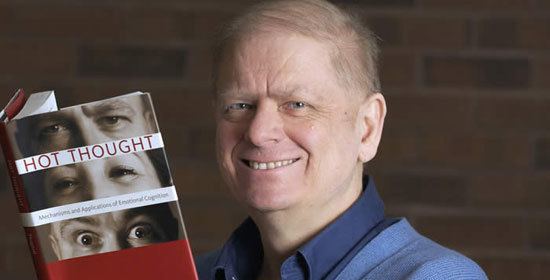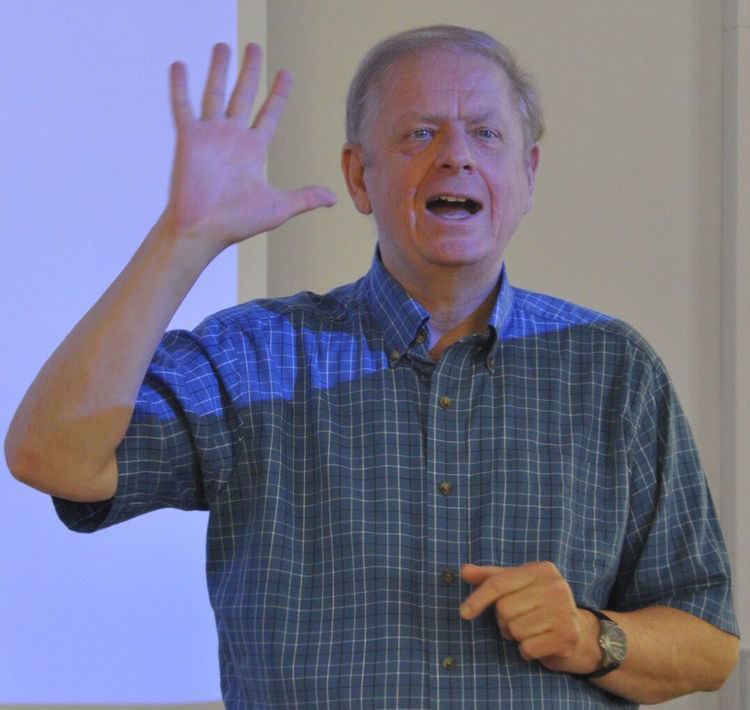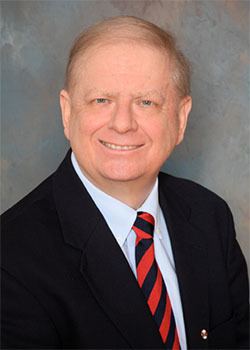Role Philosopher Region Western Philosophy | Name Paul Thagard | |
 | ||
Main interests Philosophy of mindCognitive sciencePhilosophy of science Books Mind: Introduction to Cogniti, The Brain and the Meaning, Conceptual Revolutions, The Cognitive Science o, Coherence in Thought and Action Similar People Nancy J Nersessian, Dov Gabbay, Charles Sanders Peirce, Willard Van Orman Quine, Georg Wilhelm Friedrich | ||
Notable ideas Explanatory coherence Influenced by Charles Sanders Peirce | ||
Paul thagard conceptual change in the brain revolution
Paul Thagard (born September 28, 1950) is a Canadian philosopher who specializes in philosophy, cognitive science, and the philosophy of science. Thagard is currently a professor of Philosophy at the University of Waterloo, with cross appointment to Psychology and Computer Science. He is the director of the Cognitive Science Program. Thagard is a prolific writer, and has contributed to research in analogy and creativity, inference, cognition in the history of science, and the role of emotion in cognition.
Contents
- Paul thagard conceptual change in the brain revolution
- Paul thagard 2 24 17 why reason inference reasoning and education
- Biography
- Coherence
- Philosophy of science
- Major works
- References

In the philosophy of science, Thagard is enormously well cited for his work on the use of computational models in explaining conceptual revolutions. Perhaps his most distinctive contribution to the field is the concept of explanatory coherence, which he has applied to many historical cases. He is heavily influenced by pragmatists like C.S. Peirce, and has contributed to the refinement of the idea of inference to the best explanation.

In the philosophy of mind, he is known for his attempts to apply connectionist models of coherence to theories of human thought and action. He is also known for HOTCO, which was his attempt to create a computer model of cognition that incorporated emotions at a fundamental level.

In his general approach to philosophy, Thagard is sharply critical of analytic philosophy for being overly dependent upon intuitions as a source of evidence.

Paul thagard 2 24 17 why reason inference reasoning and education
Biography
Thagard was born in Yorkton, Saskatchewan on September 28, 1950. He is a graduate of the Universities of Saskatchewan, Cambridge, Toronto (Ph.D. in philosophy, 1977) and Michigan (M.S. in computer science, 1985). He was Chair of the Governing Board of the Cognitive Science Society [1], 1998–1999, and President of the Society for Machines and Mentality [2], 1997-1998. In 1997 he won a Canada Council Killam Prize, and in 1999 was elected a fellow of the Royal Society of Canada. In 2003, he received a University of Waterloo Award for Excellence in Research, and in 2005 he was named a University Research Chair.
Thagard was married to the psychologist Ziva Kunda. Kunda died in 2004.
Coherence
Thagard has proposed that many cognitive functions, including perception, analogy, explanation, decision-making, planning etc., can be understood as a form of (maximum) coherence computation.
Thagard (together with Karsten Verbeurgt) put forth a particular formalization of the concept of coherence as a constraint satisfaction problem. The model posits that coherence operates over a set of representational elements (e.g., propositions, images, etc.) which can either fit together (cohere) or resist fitting together (incohere).
If two elements p and q cohere they are connected by a positive constraint
According to Thagard, coherence maximization involves the partitioning of elements into accepted (
Philosophy of science
There has been some decrease in interest in the demarcation problem in recent years. Part of the problem is that many suspect that it is an intractable problem, since so many previous attempts have come up short. For example, many obvious examples of pseudoscience have been shown to be falsifiable, or verifiable, or revisable. Therefore, many of the previously proposed demarcation criteria have not been judged as particularly reliable.
Thagard has proposed another set of principles to try to overcome these difficulties. According to Thagard's method, a theory is not scientific if:
- It has been less progressive than alternative theories over a long period of time, and faces many unsolved problems; but
- The community of practitioners makes little attempt to develop the theory towards solutions of the problems, shows no concern for attempts to evaluate the theory in relation to others, and is selective in considering confirmations and disconfirmations.
Major works
Thagard is the author / co-author of 11 books and over 100 peer-reviewed articles.
And co-author of:
He is also editor of:
